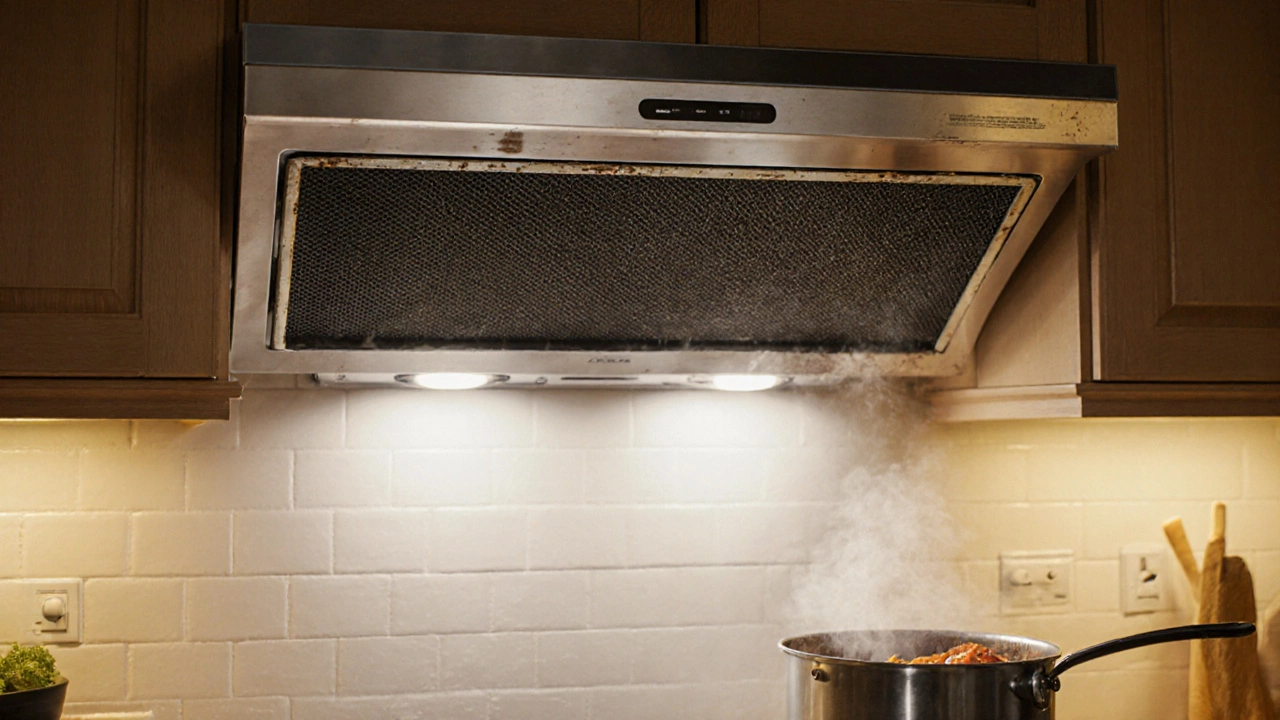
Step‑by‑step guide to unblock a kitchen extractor fan, clean filters, clear ducts, check motor and safety switches, plus maintenance tips and FAQs.
When you think about Vent Cleaning, the routine removal of dust, lint, and debris from air ducts, dryer vents, and exhaust pathways to maintain clear airflow. Also known as Duct Cleaning, it plays a crucial role in safety, energy efficiency, and comfort. Vent cleaning isn’t just a seasonal chore; it’s a preventative step that reduces fire risk, cuts down on utility bills, and improves indoor air quality. Extractor Fan, a ventilation unit that pushes stale or moist air out of kitchens and bathrooms works best when its vent path is free from buildup. Likewise, the Indoor Air Quality, the measure of pollutants, allergens, and moisture levels inside a home gets a boost every time you clear the ducts that circulate air. In short, clean vents = safer home, lower energy use, and fresher breathing space.
One of the biggest enemies of a healthy ventilation system is lint. Over time, dryer vents collect lint fibers that can block airflow and create a serious fire hazard. A clogged dryer vent also forces the dryer to work harder, driving up electricity or gas consumption. The same principle applies to kitchen hoods: grease and oil can coat the vent, weakening suction and letting smoke linger. When you schedule a vent cleaning, you’re tackling these issues before they become costly repairs. The process also removes mold spores that thrive in damp ducts, which can otherwise trigger allergies or respiratory issues. By keeping the pathways clear, you support the HVAC System, the heating, ventilation, and air‑conditioning network that distributes conditioned air throughout a building and let it run at peak efficiency. In practice, regular cleaning leads to faster drying cycles, quieter fan operation, and noticeably cleaner air in every room.
So, what should you expect when you’re ready to act? First, identify the most critical vent points: dryer exhaust, kitchen extractor, bathroom fan, and any central air ducts that serve multiple zones. Next, check for visible signs of blockage—reduced airflow, strange odors, or a warm dryer that takes longer to finish a load. If any of these symptoms appear, it’s time to pull out the cleaning tools or call a professional. A thorough job includes disassembling the vent sections, vacuuming out lint, brushing away dust, and clearing any corrosion that might have formed. After the work, run the appliance for a few minutes to verify that air moves freely. By following these steps, you’ll protect your home from hidden dangers and keep your heating and cooling bills in check.
Below you’ll find a collection of articles that dive deeper into specific aspects of vent maintenance—everything from dryer vent safety checks to the impact of clean ducts on your heating bill. Whether you’re a DIY enthusiast or prefer to hand the job over to a qualified technician, these resources give you the practical knowledge you need to keep your vents in top shape.

Step‑by‑step guide to unblock a kitchen extractor fan, clean filters, clear ducts, check motor and safety switches, plus maintenance tips and FAQs.